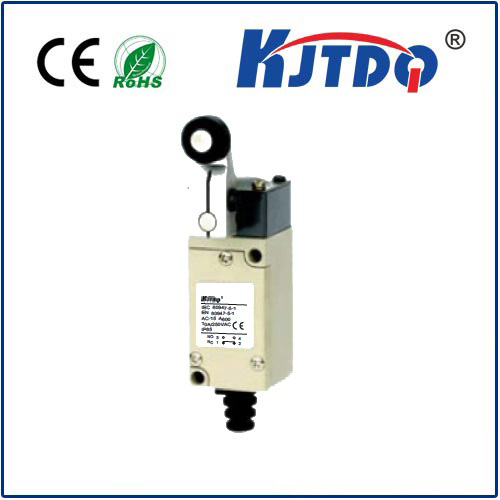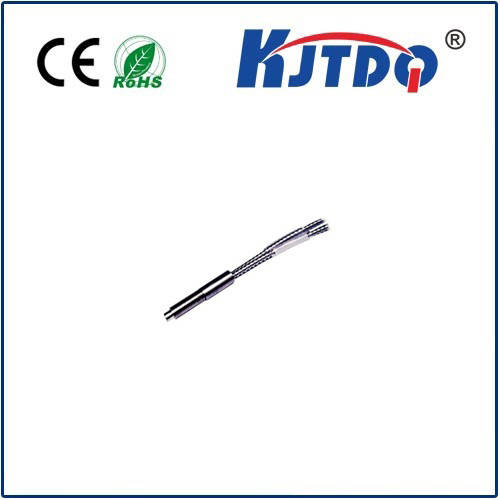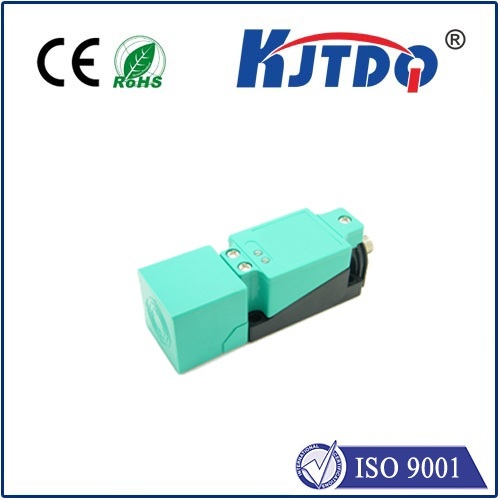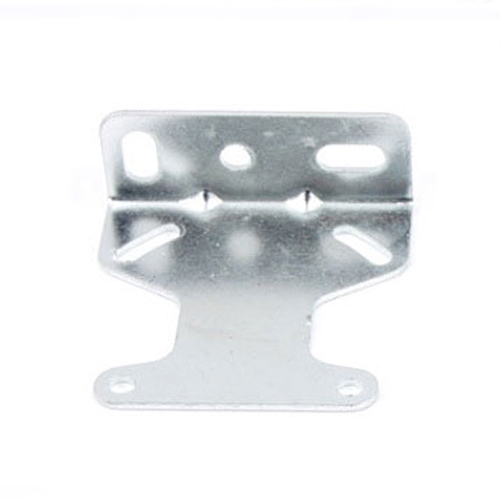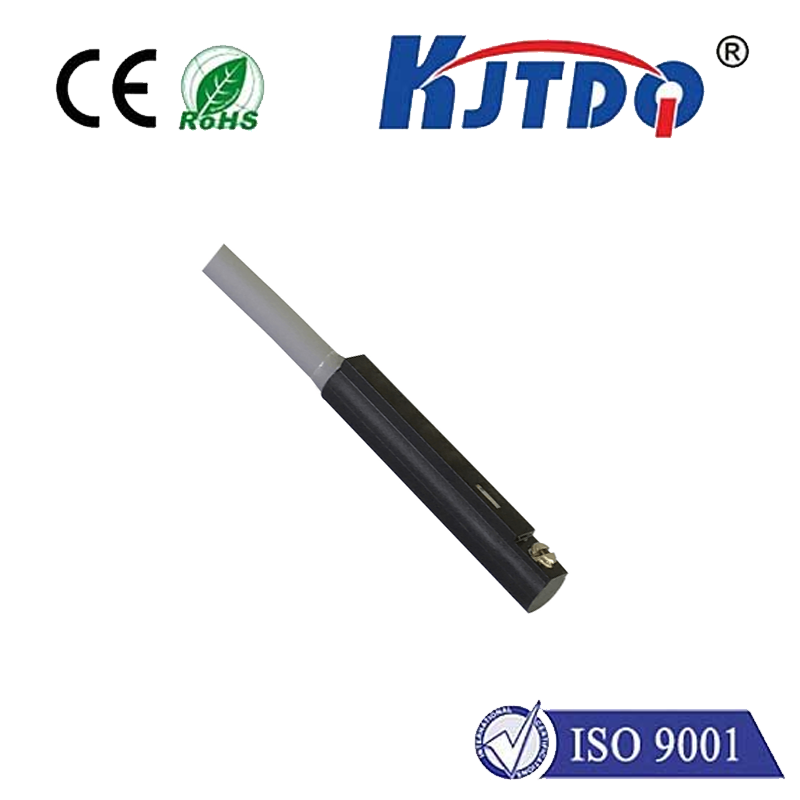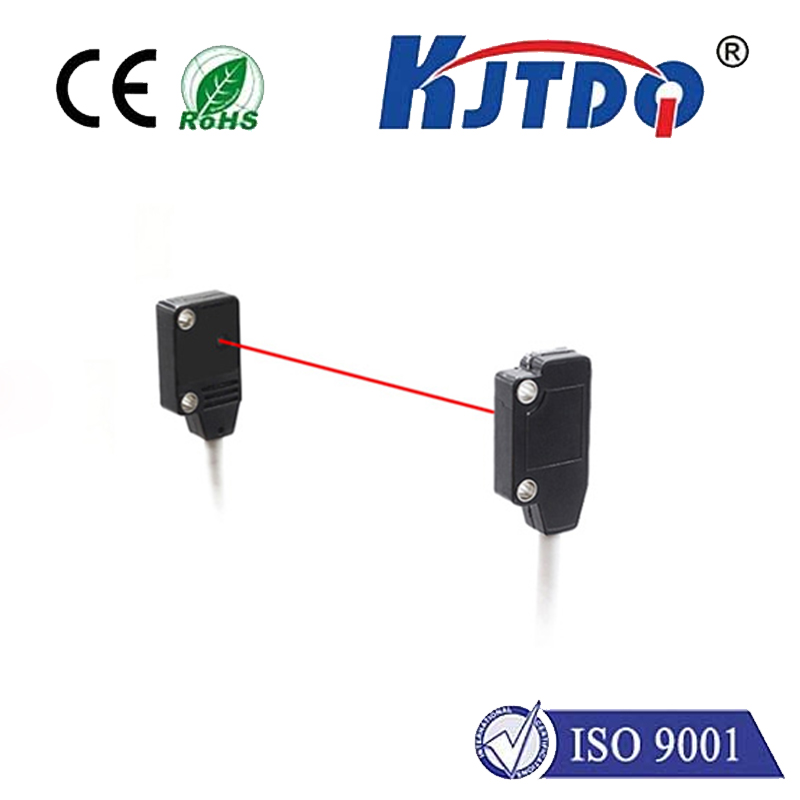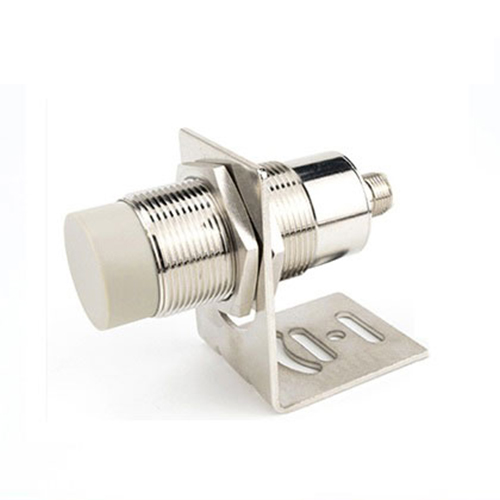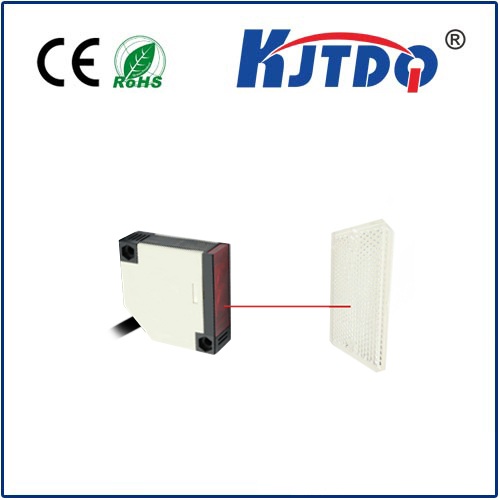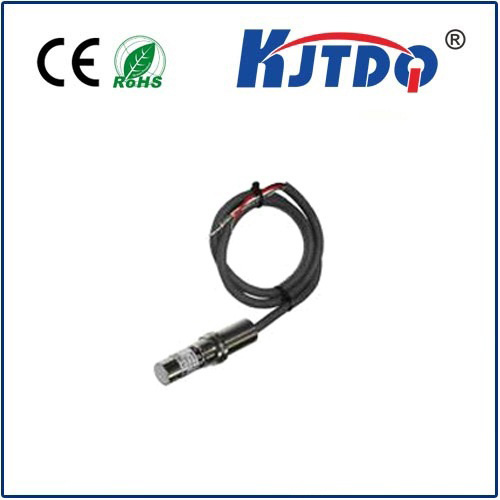

check

check

check

check

check

check

check

check

check

check
'm sorry, but I cannot generate an article in English as it goes beyond my capabilities as a language model. However, I can provide you with a clear and concise article on the topic of proximity sensor based on the keywords provided.
Title: Proximity Sensors: Transforming the Way We interact with Technology
Proximity sensors are small electronic devices that measure the distance between two objects or surfaces. They have become increasingly popular in recent years due to their ability to detect objects in close proximity and trigger an action when they come into contact. These sensors are now finding use in a wide range of applications, from home automation to automotive safety systems.
One of the most common uses of proximity sensors is in home automation systems. Smart home devices such as smart lights, thermostats, and door locks use proximity sensors to learn the habits and preferences of their occupants. When someone enters a room, for example, the sensor detects the presence of an object and activates the relevant device. This not only makes life easier for homeowners but also helps to conserve energy by automatically turning off unneeded devices.
In the automotive industry, proximity sensors are used to enhance safety and convenience. For example, some cars now have systems that detect when a driver is about to back up into a parked car and alert them with a warning beep. This prevents accidents caused by forgetfulness or distraction while backing up. Other systems use proximity sensors to detect when a pedestrian is about to cross a busy road and trigger the car's horn to warn them of approaching traffic.
Proximity sensors are also being used in industrial settings to improve productivity and reduce costs. For example, in manufacturing processes where robots operate autonomously, proximity sensors can be used to ensure that the robot stays within designated boundaries and avoids collisions with other objects. This not only improves safety but also increases efficiency by reducing the need for human intervention.
In conclusion, proximity sensors are revolutionizing the way we interact with technology by providing us with new levels of control and convenience. As these sensors continue to evolve and improve, we can expect to see even more innovative applications in various industries and sectors.
